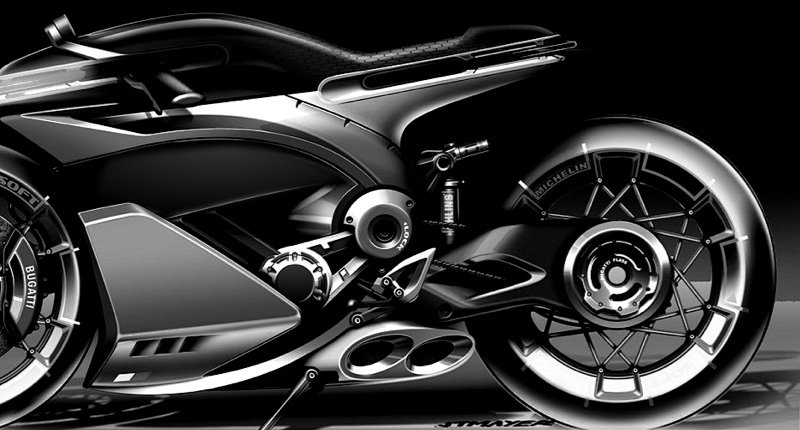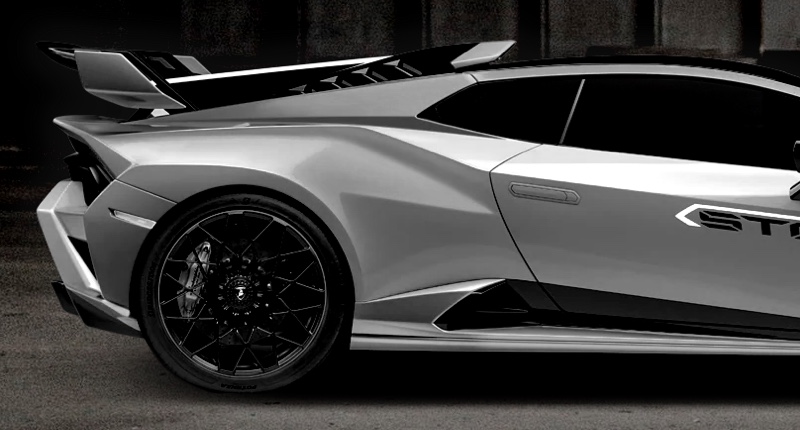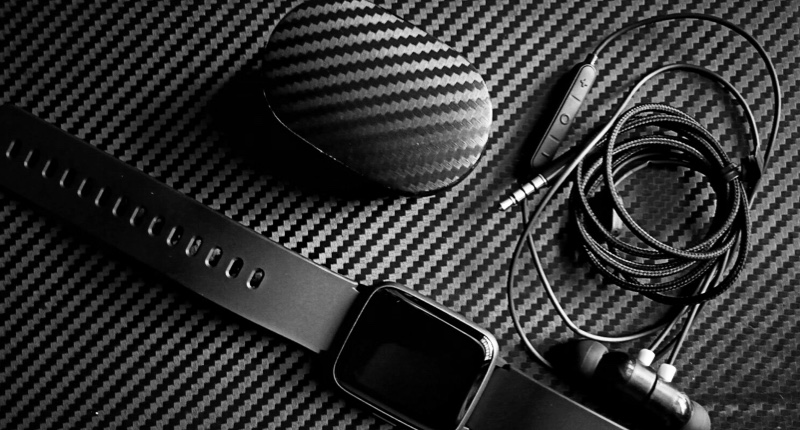how to paint carbon fiber | Supreem Carbon Expert Guide
- Mastering the Art of Painting Carbon Fiber for Industrial Applications
- Surface Preparation: The Critical First Step for Lasting Finish
- Choosing the Right Paint System: Compatibility and Performance
- Application Techniques for Flawless Carbon Fiber Finishes
- Addressing Common Painting Challenges on Carbon Fiber Components
- Post-Paint Curing and Long-Term Maintenance Strategies
- Why Choose Supreem Carbon?
Mastering the Art of Painting Carbon Fiber for Industrial Applications
For industries utilizing carbon fiber parts, whether for automotive, aerospace, marine, or consumer goods, achieving a flawless, durable painted finish is paramount. Beyond mere aesthetics, proper painting protects the composite from environmental elements, particularly UV degradation, and can contribute to the overall lifespan and performance of the component. This guide addresses the most pressing questions industrial users face when re-purchasing or finishing carbon fiber parts, providing professional insights for superior results.
Surface Preparation: The Critical First Step for Lasting Finish
The success of any paint job on carbon fiber hinges on meticulous surface preparation. Unlike metals, carbon fiber composites (typically epoxy or polyester resin matrix) require a nuanced approach. The primary goal is to create a clean, contaminant-free surface with a microscopic 'key' for mechanical adhesion, without damaging the underlying weave or resin structure.
- Cleaning: Begin by thoroughly cleaning the part to remove all traces of release agents, oils, grease, waxes, and silicones. Use a dedicated degreaser or silicone remover and lint-free cloths. Multiple passes may be necessary.
- Sanding: Lightly sand the entire surface. For most applications, wet sanding with 400-600 grit sandpaper is recommended. This provides a uniform texture for adhesion without abrading through the resin or exposing the carbon fibers. Avoid aggressive dry sanding which can generate excessive dust and static, potentially leading to pinholes.
- Dust Removal: After sanding, meticulously remove all sanding dust using compressed air (oil-free), tack cloths, or a vacuum with a brush attachment. Any remaining dust will compromise adhesion and lead to surface defects.
- Inspection: Before moving to the next stage, thoroughly inspect the surface for any imperfections, contaminants, or areas that require further attention.
Choosing the Right Paint System: Compatibility and Performance
Selecting the appropriate paint system is crucial for durability, appearance, and compatibility with carbon fiber's unique properties. Opting for a complete system (primer, base coat, clear coat) from a single manufacturer often ensures optimal chemical compatibility.
- Primer: A high-quality two-part epoxy or urethane primer is generally recommended. These primers offer excellent adhesion to composite substrates, provide a uniform base, and can help fill minor imperfections and seal any potential pinholes. Look for primers designed specifically for composites or plastics, as they offer better flexibility and adhesion.
- Base Coat: Most modern automotive or industrial two-part urethane paints are suitable for carbon fiber. These offer excellent durability, color retention, and a wide range of color options. Ensure the base coat is compatible with your chosen primer and clear coat.
- Clear Coat: This is arguably the most critical layer for carbon fiber, especially for parts exposed to the elements. A high-solids, two-part urethane clear coat with strong UV inhibitors is essential to prevent yellowing of the epoxy resin and fading of the carbon fiber weave over time. Modern ceramic-infused clear coats offer enhanced scratch resistance and gloss retention.
- Flexibility: Carbon fiber parts can experience some flex under load. The chosen paint system must be flexible enough to resist cracking or delamination under typical operational stresses. Urethane-based systems generally offer good flexibility.
- Weight Considerations: For performance-critical applications (e.g., aerospace, high-performance automotive), the weight added by the paint system can be a factor. Opt for systems that allow for thin, yet durable, film builds.
Application Techniques for Flawless Carbon Fiber Finishes
Achieving a professional finish requires precise application techniques, often best performed in a controlled environment (e.g., a dedicated spray booth) to minimize dust and maintain optimal temperature/humidity.
- Controlled Environment: Maintain a clean, dust-free environment with controlled temperature and humidity as specified by the paint manufacturer. Typical ranges are 65-75°F (18-24°C) and 40-60% relative humidity.
- Proper Equipment: Use high-volume, low-pressure (HVLP) spray guns for efficient paint transfer and reduced overspray. Ensure correct air pressure, fluid settings, and nozzle sizes as per the paint manufacturer's guidelines.
- Thin, Even Coats: Apply multiple thin, even coats rather than one thick coat. This promotes proper curing, reduces the risk of runs/sags, and minimizes weight. Allow adequate flash time between coats as recommended by the paint manufacturer.
- Edge Coverage: Pay particular attention to edges and corners to ensure full coverage and prevent premature wear or chipping.
- Consistency: Maintain consistent spray distance, speed, and overlap to achieve a uniform finish.
Addressing Common Painting Challenges on Carbon Fiber Components
Even with careful preparation, specific challenges can arise when painting carbon fiber. Understanding these can help in prevention and rectification.
- Pinholes and Bubbles (Outgassing): Carbon fiber composites, especially if porous or not fully degassed, can release trapped air during painting or curing, creating pinholes or bubbles. This is often exacerbated by temperature changes. Prevention involves thorough surface preparation, using a suitable sealing primer, and allowing parts to acclimate to shop temperature before painting. Sometimes, a very light 'mist coat' first can help seal the surface before applying heavier coats.
- Adhesion Failure: The most common cause is inadequate surface preparation (e.g., insufficient sanding, contamination). Ensure all cleaning and sanding steps are followed precisely. Incompatible paint systems can also lead to adhesion issues.
- Yellowing/Discoloration: This is primarily due to UV degradation of the underlying epoxy resin or an inadequate clear coat. Using a high-quality clear coat with robust UV inhibitors is the best defense.
- Orange Peel: A textured, 'orange peel' surface is typically caused by incorrect spray gun settings (e.g., too low pressure, wrong fluid tip), improper paint viscosity, or applying coats too dry. Adjusting equipment and technique can resolve this.
- Excessive Weight: While paint adds weight, using thin coats, high-solids paints, and avoiding unnecessary layers can minimize this. For extreme performance applications, sometimes a clear-coat-only finish is preferred to showcase the weave and save weight.
Post-Paint Curing and Long-Term Maintenance Strategies
The final steps involve proper curing and ongoing maintenance to ensure the longevity and appearance of the painted carbon fiber part.
- Curing: Allow the paint to fully cure according to the manufacturer's specifications before handling, assembling, or subjecting the part to stress. This can range from hours to days depending on the paint system and environmental conditions. Forced curing (baking) in a controlled oven can accelerate the process for industrial applications, but must be done within the temperature tolerances of the composite material itself.
- Buffing/Polishing: Once fully cured, minor imperfections can be rectified through light wet sanding (e.g., 2000-3000 grit) and machine polishing to achieve a mirror-like finish.
- Protection: For long-term protection, especially for external components, applying a high-quality automotive wax, sealant, or ceramic coating can add an extra layer of defense against environmental contaminants, UV, and light scratches.
- Cleaning: Regular cleaning with mild soap and water is recommended. Avoid harsh chemical cleaners or abrasive materials that can damage the paint finish.
By adhering to these professional guidelines, industrial users can ensure their painted carbon fiber components not only meet the highest aesthetic standards but also provide exceptional performance and durability throughout their lifecycle.
Why Choose Supreem Carbon?
When you partner with Supreem Carbon, you are investing in precision-engineered carbon fiber parts designed for superior finishing. Our manufacturing processes emphasize consistent resin distribution and optimal surface preparation, minimizing common issues like pinholes and ensuring excellent paint adhesion. We utilize state-of-the-art curing techniques that result in a stable, uniform substrate, providing an ideal foundation for any high-performance paint system. With Supreem Carbon, you gain a reliable supplier whose commitment to quality translates directly into more efficient painting processes, reduced rework, and ly, a flawless end product for your most demanding applications.

The 5 Questions You've Always Had About Carbon Fiber

Custom Xiaomi SU7 Carbon Fiber Parts – Supreem Carbon

Customize Your Ride: Top Makers of Automotive Carbon Fiber Parts

Ducati monster 937 and BM S1000RR 2016+ new arrivals released!

New arrivals of Honda CBR1000RR-R!

100% Carbon fiber dash panel and window door trims set new arrivals!
For Facotry
How many monthly production capacity of the factory?
The average monthly production capacity reach 3000 pieces. With the equipment upgrade, it will be increased over 4000 pieces per month.
For Order Delivery
What is the shipping time for the different ways?
Express delivery 5-7 days.
20-25 days by sea.
15 days by air.
For Products
Which surface could you provide for the carbon parts?
Gloss finish, matte finish, satin finish. Some color coating as the customer needs.
For After-sales Service
Do you offer the fitting advice?
Of course! If you have any questions, please contact us on info@supreemcarbon.com.
How can I cancel the order?
We may only cancel your order if it has not been fulfilled yet. We would be more than happy to assist you with any adjustments if you'd wish instead!

BMW M2 M3 Carbon Fiber Engine Cover Replacement

Honda NSX Carbon Fiber Center Dash Panel Replacement

Ducati Monster 937 Carbon Fiber Chain Guard

Ducati Monster 821 797 1200 937 Carbon Fiber Front Fender
Let’s Bring Your Carbon Fiber Ideas to Life
Have a question or inquiry about our carbon fiber composite products? Leave us a message here, and our team will get back to you promptly.
Whether you're interested in custom orders, technical specifications, or partnership opportunities, we're here to assist you.
Please fill out the fields above with your name, email address, and message.
© 2024 Supreem Carbon All Rights Reserved.





Facebook
Pinterest
LinkedIn
Instagram